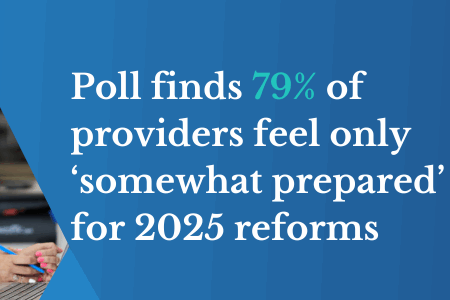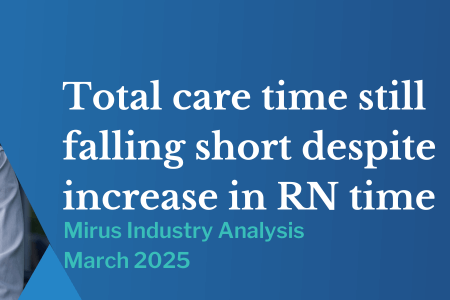Understanding short stays in aged care homes
June 4, 2014 | Aged Care Management

Aged care providers may be constantly caring for permanent residents, but it pays to understand short stays for residents within a facility.
Many older Australians require care for short periods of time, when carers require a break or are needed for work. The time frames can be irregular, for example a carer might be required to attend an event or go overseas. During this time, elderly Australians continue to require care.
Providers should make an effort to understand the levels of care that should be made available, and the costs involved.
What are the levels of care?
Aged care homes usually offer two levels of care for short stays, each depending on the needs of the resident.
Low-level care is the first level, and should include provisions for meals, laundry, cleaning and grooming. At this level, nursing care is often available if required.
High-level care is slightly more involved, and can often include 24-hour care under nurse supervision if required. Additional services can also be accessed such as physiotherapy and podiatry.
Respite care can be up to 63 days in an aged care facility, with an extension of 21 days available if appropriate assessments find it to be necessary.
What are the costs for residents?
Residents being admitted to homes for respite care won't be required to pay accommodation charges, bonds or income-tested fees. There are certain charges that are required, including a basic daily fee or booking fee.
These are up to the facility to ascertain, but it's important to remember a booking fee is a prepayment of respite care fees, and not an additional payment.
A number of changes are on the way for the aged care industry, and providers need to be aware.
What are the biggest challenges facing the aged care sector? We would love to hear your thoughts. Contact us.


